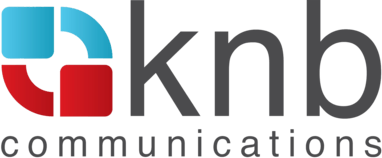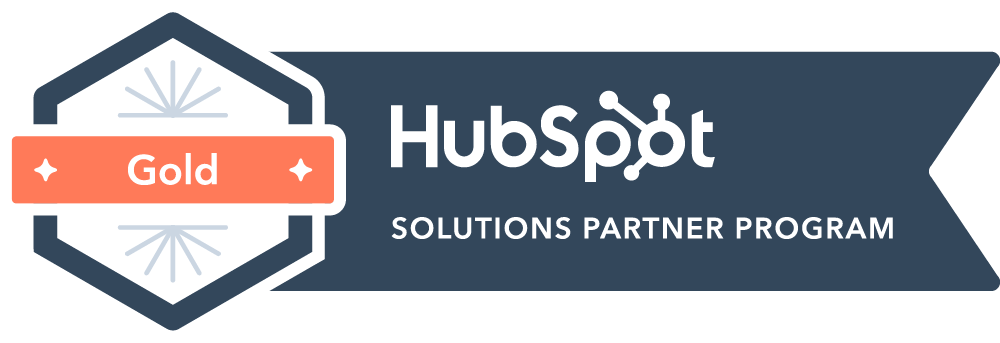By Beth Cooper
When most companies think about launching new marketing and PR campaigns, they usually default to fall, January, or just after their FY. Safe answers. Predictable answers. But not necessarily the best answers.
For health tech, medtech, biotech, and life sciences companies looking to gain traction, summer is one of the smartest times to start. While your competitors are "waiting," you could be building momentum that carries straight through to end-of-year visibility.
While your competitors are 'waiting,' you could be building momentum that carries straight through to end-of-year visibility.
The idea that "everyone is on vacation" is a myth.
Especially in the U.S., many businesses—especially healthcare organizations—keep moving all summer. Sure, people take vacations. But they don't vanish for three months. In fact, a Harvard Business Review study found that CEOs work an average of 2.4 hours per day even while on vacation. Decision-makers remain active, connected, and reachable.
B2B buyer engagement stays strong during summer.
While summer is often perceived as a slow season, digital platforms like LinkedIn remain active, with many B2B professionals maintaining or even increasing their time online. In the U.S., healthcare executives, procurement leaders, and decision-makers are still reachable. This creates an underutilized window for brand visibility, relationship building, and lead nurturing.
Long sales cycles require consistent touchpoints—and summer gives you space to build them.
In B2B health tech and medtech, the sales cycle is rarely quick. It takes multiple nurturing efforts, education, brand familiarity, and relationship-building. Summer offers a less crowded environment to make those touches matter. If you're always hearing "break through the noise," consider this: when there’s less noise, there’s less to break through. Smart companies use summer to stay visible while competitors go silent.
Content marketing can work even harder in the summer.
Summer is an ideal time to invest in thought leadership, blogs, whitepapers, and case studies that build credibility over time. When the volume of content competing for attention drops, strong pieces have a better chance of gaining visibility. Well-executed content can nurture leads across a long sales cycle, support your SEO goals, and give sales teams fresh, relevant materials to share with prospects who are still paying attention.
Advertising can be more cost-effective
With fewer B2B medtech and life sciences companies pushing major campaigns in the summer, ad inventory often becomes cheaper and more impactful. Whether it's targeted LinkedIn ads, strategic display campaigns, or sponsored thought leadership, your marketing budget can stretch further in summer than during busier seasons.
The news cycle slows down—which can work for you
Healthcare and medtech journalists don't take the summer off, but the flood of B2B press releases and announcements does slow down. That creates a window for thoughtful, strategic pitches—especially ones tied to clinical data, commercial expansion, partnerships, or industry trends—to get noticed.
B2B conference prep happens now, not later
Major fall events like HLTH, The MedTech Conference, RSNA, and BioFuture are on the horizon. But the real B2B prep work—messaging updates, speaker prep, media strategies, and lead capture planning—happens in the summer. Smart medtech, healthcare, and lids sciences companies are already locking down interviews, refining value propositions, and building conference visibility strategies now.
The B2B brands that win Q4 headlines start in Q2 and Q3
Waiting until September to build visibility is like starting a race after the gun goes off. Year-end media coverage, awards submissions, strategic buyer outreach—it all favors the brands that laid the groundwork quietly during summer.
At KNB Communications, we understand healthcare doesn't take the summer off—and neither should your B2B communications program. Summer is the stealth advantage most medtech companies overlook. If you're ready to outpace the competition, let's talk.
AI disclosure: This blog was developed using a collaborative process between human expertise and AI drafting tools. The concept, structure, and core arguments were created independently by the author, who provided an outline, guided the flow, and directed the content strategy. AI was used to assist with drafting and wording efficiency. Final corrections, clarifications, fact-checking, and refinements were made by the author to ensure alignment with KNB Communications' standards and voice.





.svg)
.svg)





